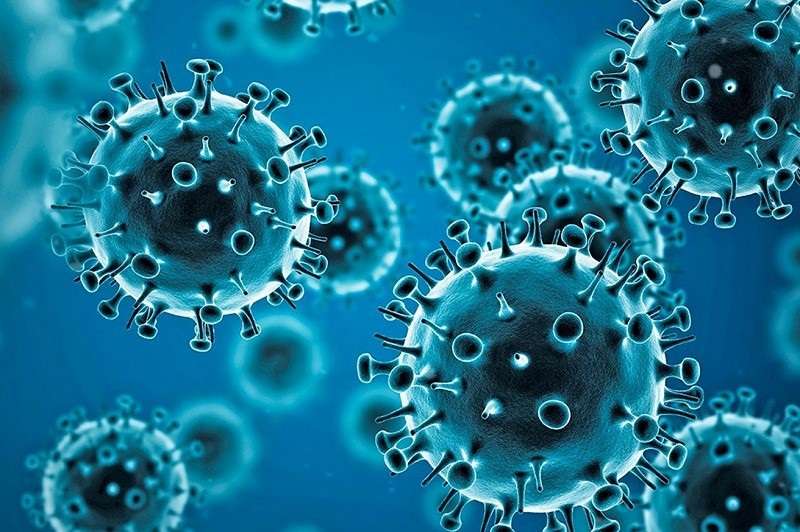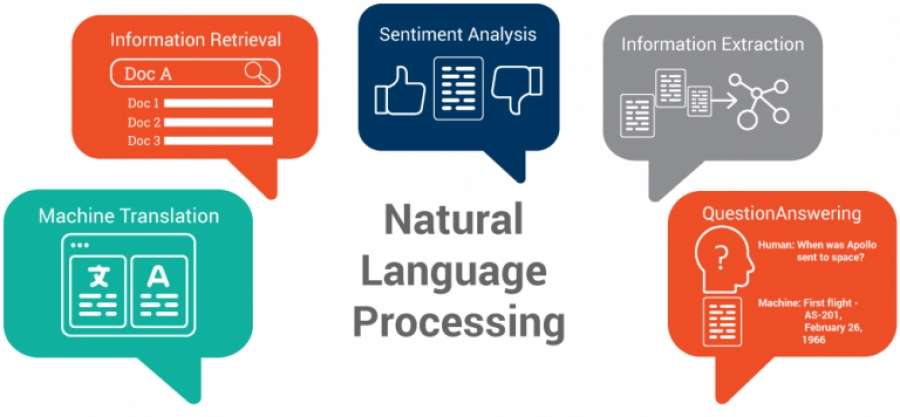Coronavirus infection (COVID-19) is an incurable disease caused by infection with the SARS-CoV-2 virus.
Most people who contract COVID-19 will experience mild to moderate respiratory symptoms and recover without the need for extensive medical intervention. However, certain individuals may develop severe illness and require medical attention. Those who are older or have underlying health conditions such as cardiovascular disease, diabetes, chronic respiratory disease, or cancer are at a higher risk of developing severe symptoms. It is important to note that anyone, regardless of age, can be affected by COVID-19 and potentially experience severe illness or even death.
To effectively prevent and minimize the transmission of the virus, it is crucial to understand the disease and its mode of transmission. Taking necessary precautions can help protect yourself and others from contracting the virus. This includes maintaining a distance of at least 1 meter from others, wearing a properly fitted face mask, and practicing regular hand hygiene by washing your hands with soap and water or using hand sanitizer. Additionally, getting vaccinated when eligible and following local guidelines and recommendations are essential in controlling the spread of the virus.
COVID-19 is primarily transmitted through respiratory droplets that are expelled from an infected person’s mouth or nose. These droplets can be released when an infected individual coughs, sneezes, talks, sings, or breathes. The size of these droplets can vary, ranging from larger respiratory droplets to smaller aerosol particles. To reduce the risk of transmission, it is important to adopt preventive measures such as practicing respiratory etiquette by coughing or sneezing into your elbow, staying indoors and self-isolating if you feel unwell, and seeking medical attention as necessary.
By following these preventive measures and staying informed about the latest developments and guidelines from health authorities, we can collectively contribute to mitigating the spread of COVID-19 and protecting ourselves and our communities. It is crucial to prioritize public health and take responsibility for our actions to combat the ongoing pandemic effectively. Together, we can overcome this global health crisis and return to a sense of normalcy.
People infected with COVID-19 will experience mild to moderate respiratory illnesses and recover without the need for extensive medical treatment. However, certain individuals may develop severe symptoms and require medical attention. Those with pre-existing conditions like cardiovascular disease, diabetes, chronic respiratory disease, or cancer are at a higher risk of experiencing severe illness. It is important to note that anyone, regardless of age, can be affected by COVID-19 and become seriously ill or even die.
To minimize the spread of the virus, it is crucial to understand how it is transmitted. COVID-19 can be transmitted through respiratory droplets expelled from an infected person’s mouth or nose when they cough, sneeze, speak, sing, or breathe. These droplets can vary in size, ranging from larger respiratory droplets to smaller aerosolized particles. Adhering to preventive measures such as maintaining a physical distance of at least 1 meter from others, wearing a well-fitting mask, and practicing frequent hand hygiene by washing hands or using hand sanitizer can significantly reduce the risk of transmission.
In addition to these preventive measures, it is also important to follow local guidelines and regulations. Getting vaccinated against COVID-19 when eligible is a crucial step in protecting oneself and others from the virus. Vaccination plays a vital role in reducing the severity of the illness and preventing its spread within the community.
Furthermore, it is essential to practice responsible behavior by modifying our daily habits. This includes practicing respiratory etiquette such as covering coughs and sneezes with the elbow, staying indoors and self-isolating if feeling unwell, and seeking medical advice when necessary. By taking these precautions and being mindful of our actions, we can collectively contribute to curbing the spread of COVID-19 and protecting public health.
In summary, understanding the nature of COVID-19 and its modes of transmission is crucial in mitigating its impact. By following recommended preventive measures, getting vaccinated, and adhering to local guidelines, we can protect ourselves and others from the virus. It is our collective responsibility to stay informed, make responsible choices, and support public health efforts to overcome this global challenge.
Protect yourself and others from illness by staying at least 1 meter away from others, wearing a well-fitting blanket, and washing your hands or using hand sanitizer frequently. Get vaccinated when it’s your turn and follow the neighborhood guidelines.
The infection can spread from an infected person’s mouth or nose as tiny droplets of fluid when they pick, snort, speak, sing, or breathe. These particles range from larger breathing granules to smaller pressurized canned goods. Fine-tuning breathing behaviors, such as elbow bending, staying indoors, and self-isolating until you recover in case you feel unwell is essential.



